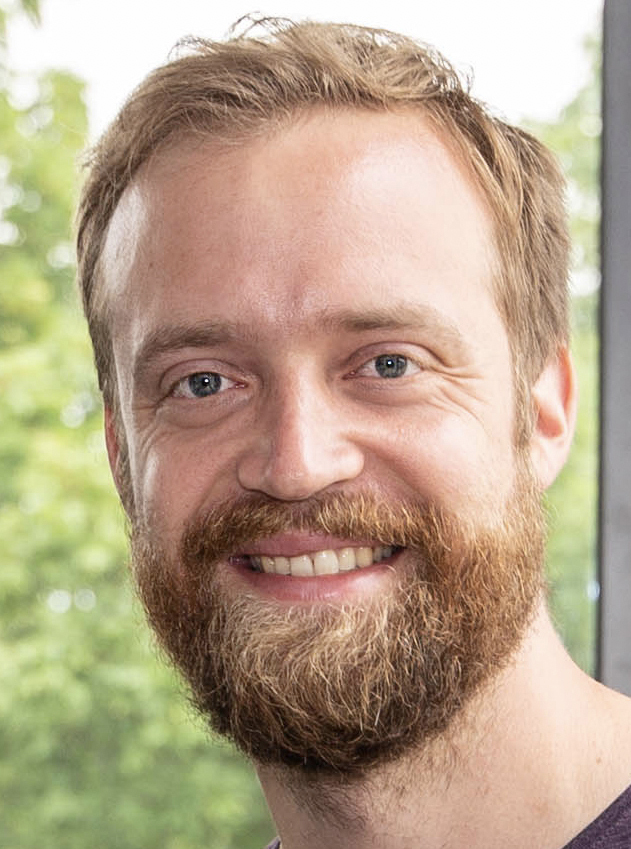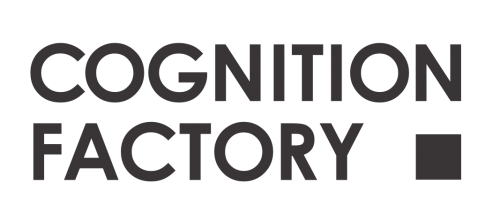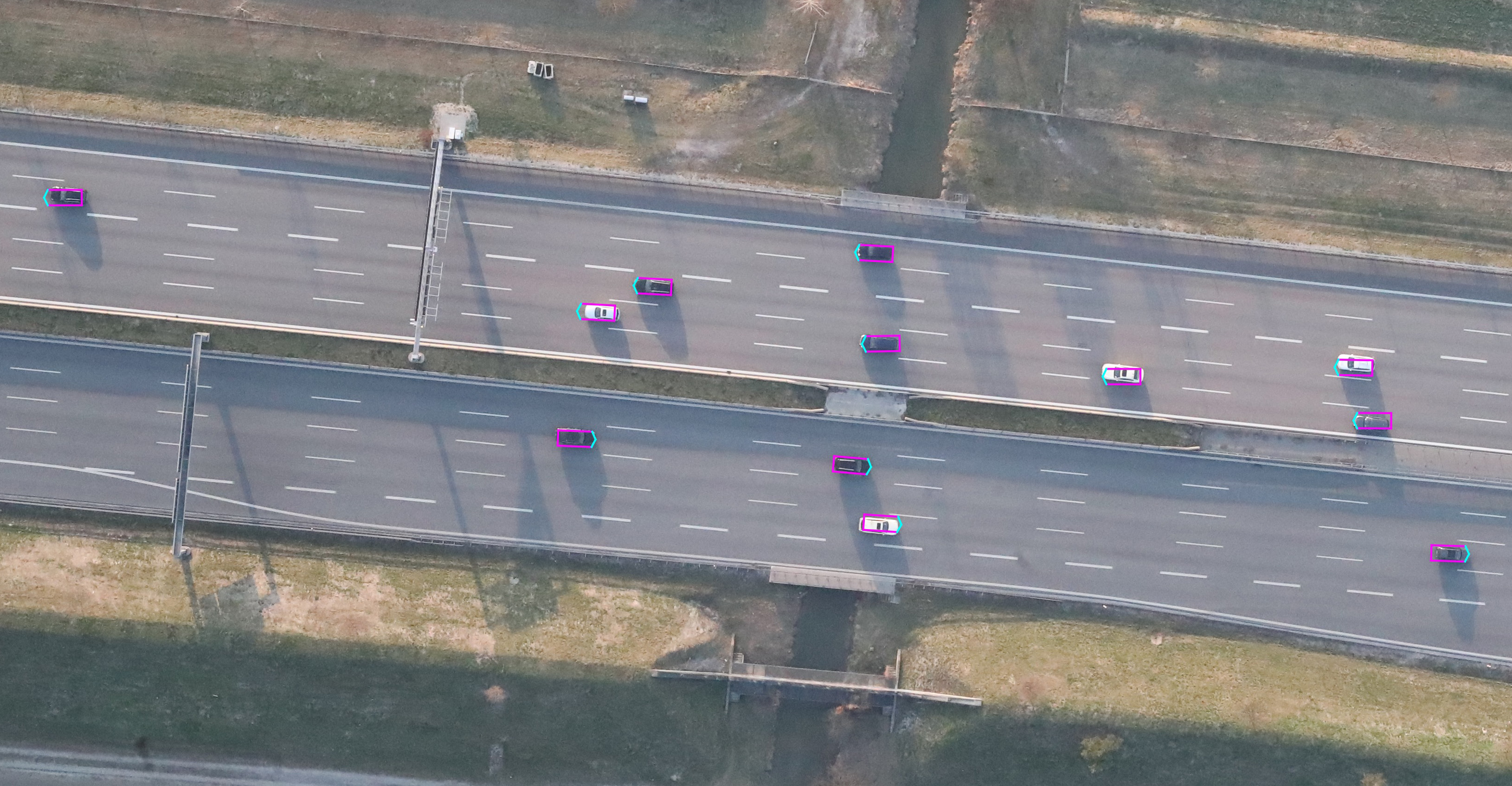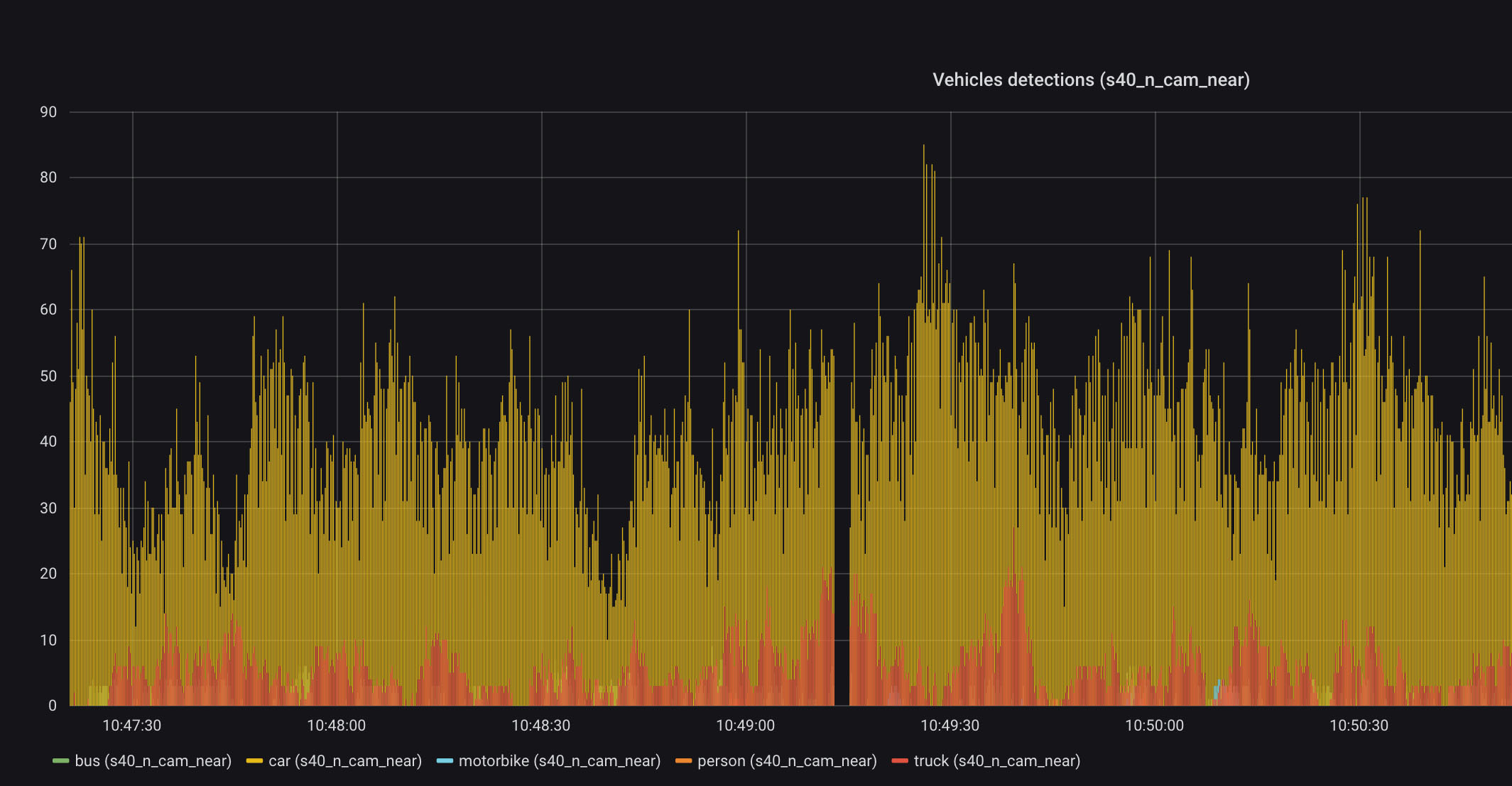
PARTNERS OF PROVIDENTIA++

Technical University of Munich (TUM), consortium leader: Real-time digital twin, including for the urban area
To create a highly precise and highly available real-time digital twin that works flawlessly even at night and under adverse environmental conditions – and not only on the highway, but in future in the city as well: This is the TU Munich’s goal.


fortiss: A focus on robustness, real time, and practicality
Closely analyzing the interplay between vehicles and infrastructure and understanding this as an overall system: This is the goal of fortiss, the Research Institute of the Free State of Bavaria, in the second phase of the research project. To this end, fortiss relies on robust perception, real-time data processing, and field tests with the Fortuna research vehicle.


Valeo: Establishing a validation platform for highly automated driving functions
Automotive supplier Valeo will use the digital twin to build a comprehensive validation platform for highly automated driving functions and/or their components. The algorithms developed will be integrated into a Valeo test vehicle, the Valeo Cruise4U, and tested and evaluated in live trials.


Intel: Making the overall system more robust and powerful
Intel uses the algorithms further developed in Providentia++ to determine performance parameters of future products. The particular aim here is to make the overall system more reliable. As the world’s leading processor manufacturer, Intel has the necessary technology base in hardware and software to support the project partners in research work and the marketing of the developed technology.


Cognition Factory: Commercial platform for visualization and analysis
In the first phase of the project, Cognition Factory used algorithms to detect and classify vehicles in real time, as well as developing a prototype platform for visualizing and analyzing the data. Now, the sensor data specialist is working on areas such as scaling the hardware and software, evaluating the use of edge devices as a replacement for complex server hardware, further developing imaging sensor sets, and, last but not least, further developing the previous prototype into a marketable product.


Elektrobit: Cloud-based data pool for new services
A cloud-based data pool will take on the task of storing and managing complex real-world traffic scenarios involving a large number of road users. The goal of software specialist and Continental subsidiary Elektrobit is for this data pool to also support automated categorization of driving scenes.

ASSOCIATED PARTNERS

Huawei: Defining requirements for radio technologies
In Providentia, Huawei contributed a 5G base station and modems. Huawei will participate in the definition of new requirements – including, prospectively, for the 5th and 6th generations (5G to 6G). In addition, the telecommunications company will advise partners on the deployment of 5G to 6G (latency, reliability, throughput rates, etc.).


3D Mapping Solutions: HD maps for precise digital twins
3D Mapping Solutions specializes in high-resolution mapping of road networks and creates high-precision reference maps as a basis for user-specific developments, for advanced ADAS, or for driving development, testing, and validation applications for autonomous driving. In Providentia++, this map will be used to improve the accuracy of the digital twin and to develop virtual value-added services in virtual environments (CARLA simulator).


brighter AI: Anonymizing image data naturally
brighter AI contributes its software to the project to anonymize image data generated via end devices. The software can run as a Docker container on the TU Munich servers or simply be integrated via cloud API.


Siemens: Using Providentia++ data as a basis for digitalizing the road
As a market leader in intelligent traffic technology, Siemens Mobility uses the algorithms of Providentia++ to advance the digitalization of the road. The technology is used in controllers as well as other modules that connect the road and its infrastructure with vehicles by means of a higher-level management system.


Development of use cases
Volkswagen AG will use the functionalities provided by network-based services to develop new use cases based on Providentia++ data. Special interest is given to traffic density forecasting. Here, Volkswagen works closely with Cognition Factory.
TOPICS WITH PARTNERS

How assistance systems can benefit from external infrastructure
With the help of the Providentia infrastructure and the additional sensor data associated with it, driver assistance systems are able to make more farsighted decisions than before. Dr. Jens Honer from automotive supplier Valeo answers our questions.

Bird’s-eye view: More precision for the digital twin
To find out how accurate the measurements of the digital twin are, fortiss and the DLR dispatched a helicopter with an integrated camera system. This allowed them to determine the exact position of the vehicles on the highway.

Neural networks: The challenges of object recognition
Recognizing different vehicles digitally is a challenge in itself. Doing this in real time: even more so. Dr. Claus Lenz from Providentia++ partner Cognition Factory discusses meeting the challenge of identifying vehicles on the A9 highway.
